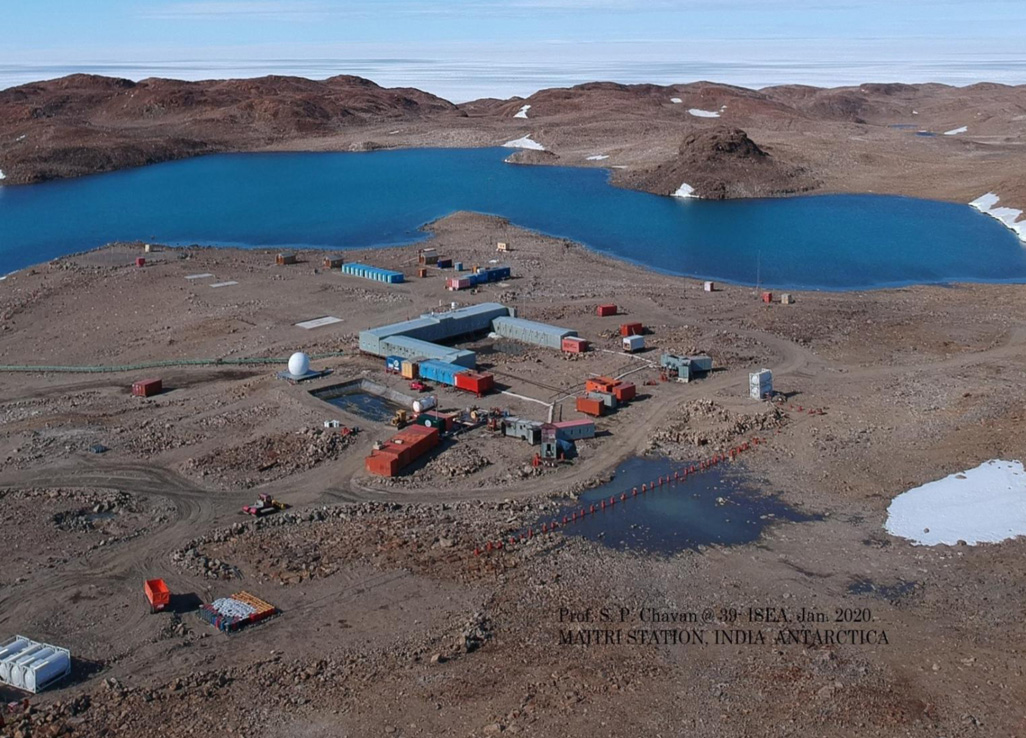The Chambal
Published: Nov 30, 2015
Published: Nov 30, 2015

Photo: Sumit Chakraborty
An estimated 75 per cent of the Indian Gharial population declined between 1998 and 2006. As of 2007, only 208 are reported to survive in India.
Keep reading with one of these options :
